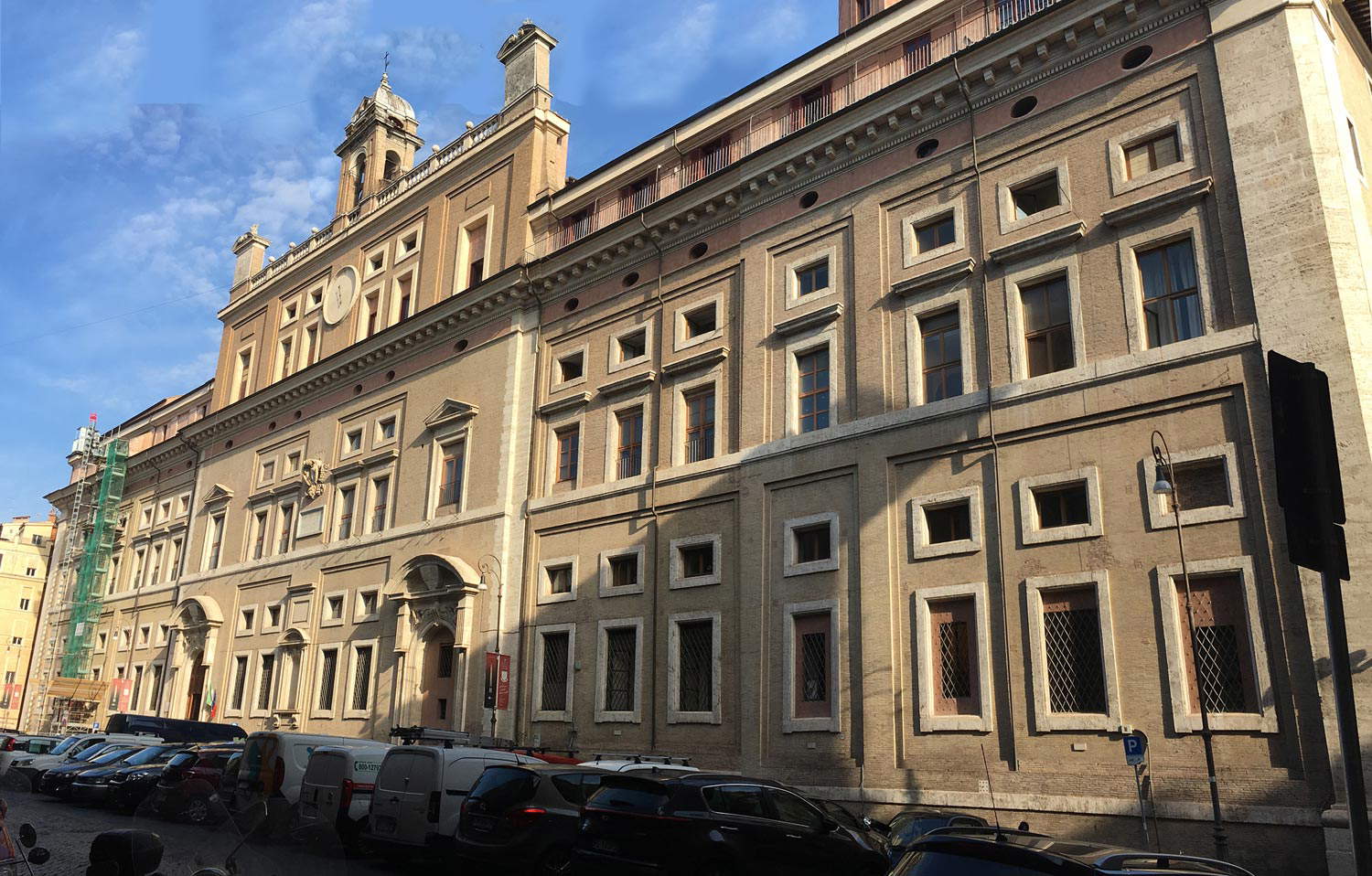What the reform of the Ministry of Culture approved by the council of ministers includes
It was published in the Official Gazette last August 10 and came into effect the following day, Decree Law 105, approved during the August 7 council of ministers : the text contains measures in various areas, from justice to forest fires, and also contains an article, Article 10, which effectively kicks off the reform of the Ministry of Culture strongly desired by Minister Gennaro Sangiuliano.
The decree-law, titled “Urgent provisions on criminal trial, civil trial, combating forest fires, recovery from drug addiction, health and culture, as well as on the personnel of the judiciary and public administration,” inArticle 10 contains some relevant novelties for the Roman College. The first paragraph of the article expands the functional areas of the ministry, adding support for the activities of associations, foundations, academies and other institutions of culture, as well as the promotion of cultural and creative enterprises, and assuming jurisdiction over copyright and literary property. In addition, protection is permanently separated from valorization. The functional areas thus become the following: (a) protection of cultural and landscape heritage; (b) management and enhancement of cultural heritage, cultural institutes and places; (c) promotion of entertainment, film, theater, music, dance, circus and traveling show business; promotion of film, audiovisual, broadcasting and multimedia productions; d) promotion of cultural activities; support for the activities of associations, foundations, academies and other cultural institutions; e) study, research, innovation and higher education in the subjects of competence; (f) promotion of books and development of national bibliographic and library services; protection of bibliographic heritage; management and enhancement of national libraries; (g) protection of archival heritage; management and enhancement of state archives; (h) copyright and regulation of literary property; and (i) promotion of cultural and creative enterprises, contemporary creativity, urban and architectural culture and participation in the design of works for cultural activities.
The most substantial and debated change, however, is the return to departments, which will replace directorates-general, as stated in letter b of paragraph 1 of Article 10, in which an increase in managers is also established, from 27 to 32: “The Ministry shall be divided into departments, governed in accordance with Articles 4 and 5. The number of departments may not exceed four, with reference to the functional areas referred to in Article 53, and the number of general management level positions may not exceed thirty-two, including heads of departments.” The structure in departments is a return to the past, in particular to the experiment introduced in 2005 with the reform of then minister Rocco Buttiglione: in 2006 it then returned to general directorates. However, the decree-law initiating the Sangiuliano reform will have to be converted into law in order for it to take effect even beyond the canonical sixty days in which a decree-law can take effect.
Photo: Ministry of Culture
 |
| What the reform of the Ministry of Culture approved by the council of ministers includes |
Warning: the translation into English of the original Italian article was created using automatic tools. We undertake to review all articles, but we do not guarantee the total absence of inaccuracies in the translation due to the program. You can find the original by clicking on the ITA button. If you find any mistake,please contact us.





























